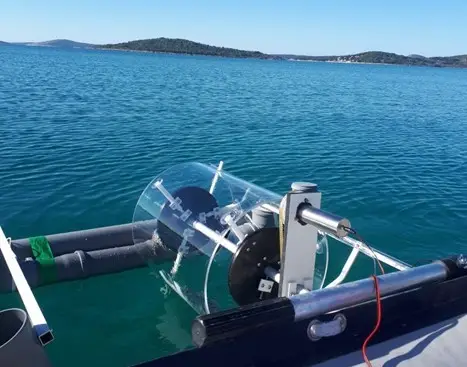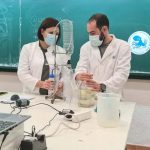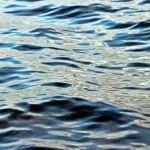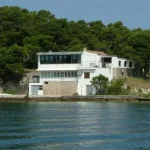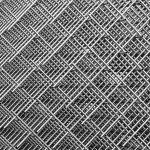With scientists from the prestigious Ruđer Bošković Institute (IRB) already publishing their results from measuring the salinity of the Adriatic, the new endeavors show that salt isn’t the only thing worth exploring in Croatia’s geographical and tourist ace.
IRB scientists Abra Penezić, Andrea Milinković, Saranda Bakija Alempijević, and Sanja Frka, alongside their colleague Silva Žužul from the Institute for Medical Research and Occupational Health in Zagreb, authored a scientific article ”Atmospheric deposition of biologically relevant trace metals in the eastern Adriatic coastal area” and published it in the renowned multidisciplinary journal – Chemosphere.
The research was focused on sedimentation traces of atmospheric metals on the surface of the Adriatic sea. The metals that were traced in this research were zinc, copper, lead, cobalt, nickel, and cadmium. With all of them being heavy metals (not in a fun, artistic way like Metallica or Iron Maiden) that pose a serious threat to human health, keeping a close eye on their levels in the Adriatic is a more than important task.
”Atmospheric transmission isn’t just significant, it’s often the dominant way in which natural and anthropogenic (man-made) transfers occur from land to the marine area. Once injected through processes of dry or wet sedimentation, atmospheric flying particles or aerosols become the outside source of nutritious but also toxic matter for marine ecosystems. Atmospheric sedimentation can be of significant value for waters that are poor in terms of nutritious salts, such as the area of central Adriatic,” informed IRB in its press release.
They added that the coastal area of the Adriatic sea is under the constant influence of man-made aerosols of the urban and industrial areas of continental Europe. In addition, spring and summer see the influx of Sahara dust, and with the coastal area being a high-risk area of open fires, aerosol contribution increases. However, IRB states that the effect of fire aerosols on surface maritime systems still isn’t being properly researched to this day.
”In this research, we looked at the variability of the concentration of biologically significant metals in traces and their sedimentation on the surface waters of the central Adriatic. At the Martinka sea station, we did a six-month-long sampling of PM10 particles, total sedimentation matter, seawater from a depth of one metre and the surface microlayer as the border between the sea and the atmosphere,” explained the leading author, Dr. Abra Penezić.
PM10 is a problematic particle as it remains for a very long time in the atmosphere due to its small size and ability to remain there, warns the Belgian Interregional Environment Agency.
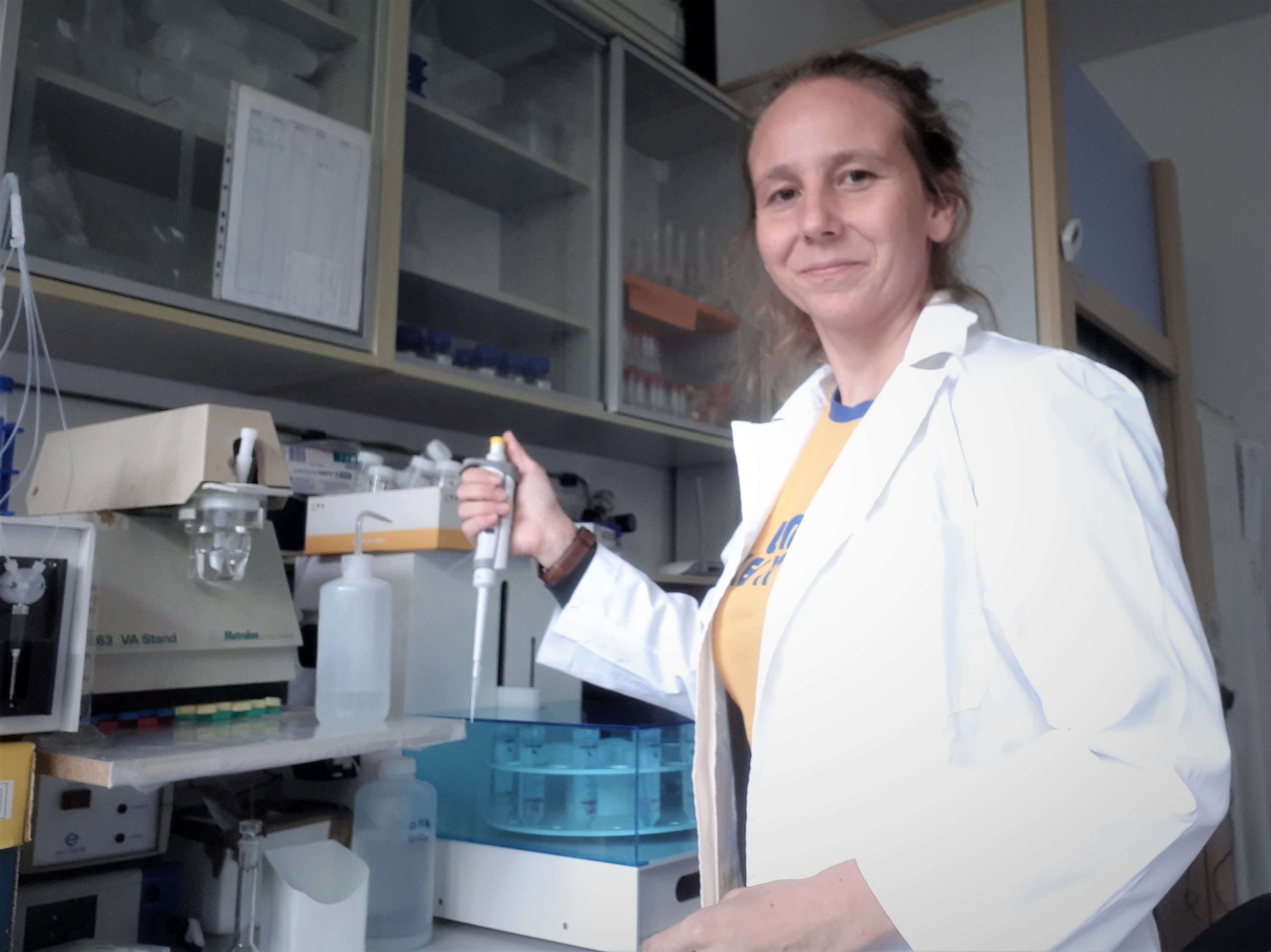
Dr. Abra Penezić © Ruđer Bošković Institute
The research showed that in colder periods of the year, the increase of metal traces of zinc, cadmium, and lead in the Adriatic is owed to the heating systems and transportation from continental Europe.
In the summer, increased traffic emissions allow nickel, cobalt, and copper to be on the rise. The rain increases wet sedimentation and, along with open forest fires and Sahara dust, they become factors of increasing metal particles. The IRB press release states that while the concentration of this article is small, it is important to constantly monitor these levels.
”The results of this research will contribute to the further knowledge on processes on this specific area and the dynamics of the atmosphere and the sea,” they explained from IRB.
This research is also part of the BiREADI research project. It began back in 2018 and will last until 2022 with a million kuna budget, the project aims to explore the complex dynamic and mutual influence of the atmosphere and the sea, an important and profound question to answer in respect both to the climate challenges we experience now and those that are yet to come.
Learn more about beaches in Croatia on our TC page.
For more about science in Croatia, follow TCN’s dedicated page.

